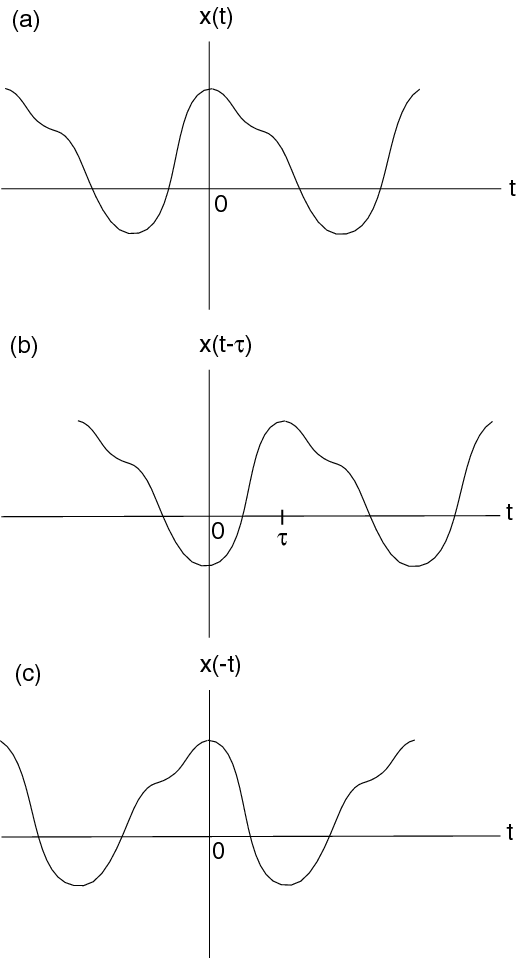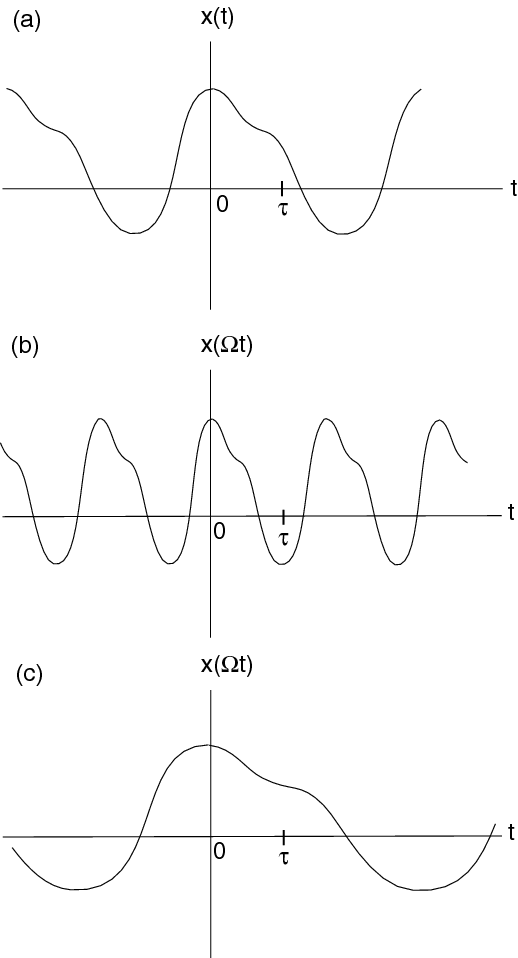| << Chapter < Page | Chapter >> Page > |
We will be considering the following basic operations on signals:
There is another very important signal operation called convolution which we will look at in detail in Chapter 3. As we shall see, convolution is a combination of several of the above operations.



Notification Switch
Would you like to follow the 'Signals, systems, and society' conversation and receive update notifications?